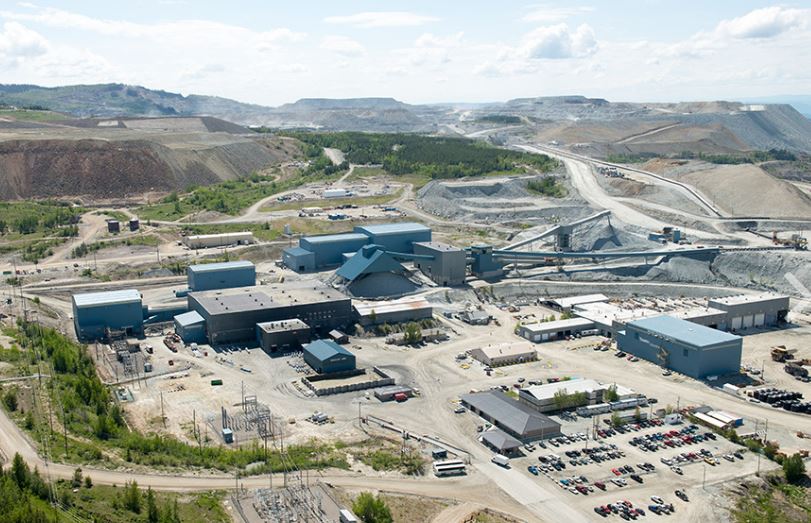Court confirms resilience of B.C. permitting process: Taseko

Taseko Mines Ltd. [TKO-TSE] on Friday announced a number of senior management appointments, including the elevation of chief financial officer Stuart McDonald to the role of President. He will be replaced by Bryce Hamming, who is currently the company’s director, corporate finance.
However, Russell Hallbauer will continue as CEO of Taseko, which has just won the right to undertake geotechnical work at its New Prosperity gold-copper project near Williams Lake, B.C.
The June 13, 2019, announcement follows a ruling by the Supreme Court of Canada, which dismissed an application by the Tsilhqot’in First Nation to appeal an earlier judgement by the British Columbia Supreme Court and the B.C. Court of Appeal. Taskeko said the court decision has confirmed the resilience of B.C.’s current mine permitting process.
“Getting permission to mine in British Columbia may be difficult, but it’s not impossible. It just takes patience,” said Hallbauer.
“The Supreme Court of Canada decision is clear, Provincial permits authorizing mineral exploration and development can, if done with care and consideration, withstand any possible legal challenge,” he said.
The court decision is the latest in a long line of legal applications and disagreements between the company and the Tsilhqot’in Nation (TNG).
The TNG previously launched a legal bid to stop exploration drilling in the Teztan Biny (Fish Lake) area, about 125 kilometres west of Williams Lake, was dismissed by B.C. Supreme Court Justice Ward K. Branch.
The TNG alleged that the provincial government breached its duty to consult and accommodate the TNG in approving contentious plans for further exploration in the region.
However, that bid was unsuccessful after the the Supreme Court of B.C.’s August 23, 2018 decision allowed Taseko to proceed with investigative work.
Taseko says New Prosperity is one of Canada’s largest undeveloped copper gold projects. The deposit is a gold-copper porphyry with a one billion tonne measured and indicated resource, containing 5.3 billion pounds of copper and 13.3 million ounces of gold.
If the project was developed, Taseko envisages average annual production of 110 million pounds of copper and 234,000 ounces of gold. The projected mine life is estimated at 33 years.
However, the company has said that in light of Ottawa’s decision not to issue the authorization necessary for the project to proceed, and related ongoing legal proceedings initiated by Taseko, there is considerable uncertainty with respect to successful permitting of the project.
The $1.5 billion project was approved by the B.C. government. But Ottawa rejected it twice in 2010 and 2014, on the advice of the Environmental Assessment Agency. The first rejection was based on Taseko’s plan to drain Fish Lake and use it as a tailings impoundment. The company later revised the mine plan to avoid using the lake, but it was again rejected on environmental concerns.
In a June 13, 2019 press release, Taseko said the Supreme Court of Canada ruling means that the company is taking the steps necessary to get closer to the day when such a decision can be made to build New Prosperity.
“It can be a powerhouse for economic change in B.C.’s central interior,” Hallbauer said. “It can be a positive game changer for First Nations as well,” he said.
“With B.C. lumber manufacturing mills and curtailing operations, potential mines like New Prosperity offer renewed hope and opportunity, especially for the people of the central interior.”
On Friday, Taseko shares jumped 7.94% or $0.05 to 68 cents. The shares trade in a 52-week range of 60 cent and $1.65.
